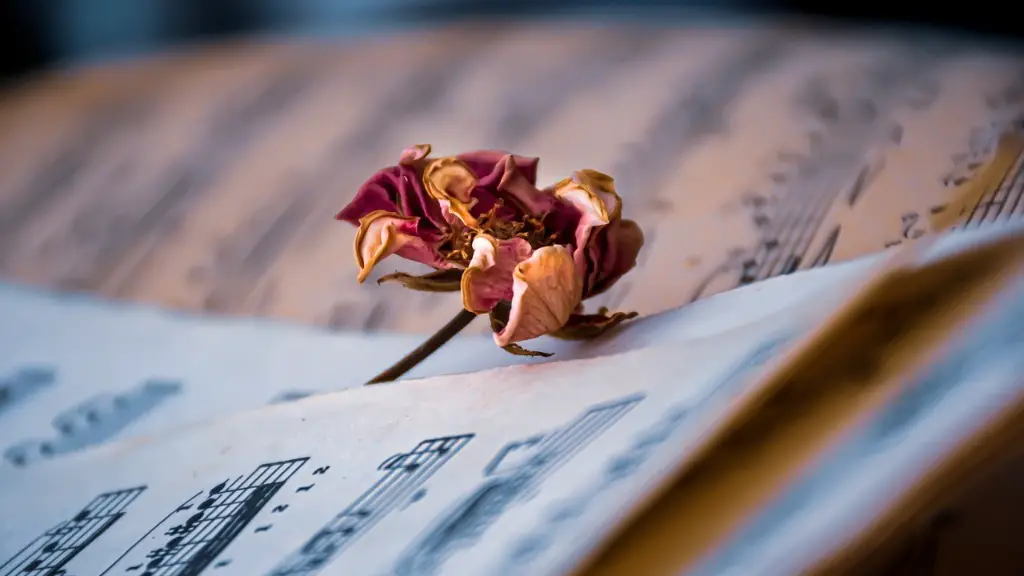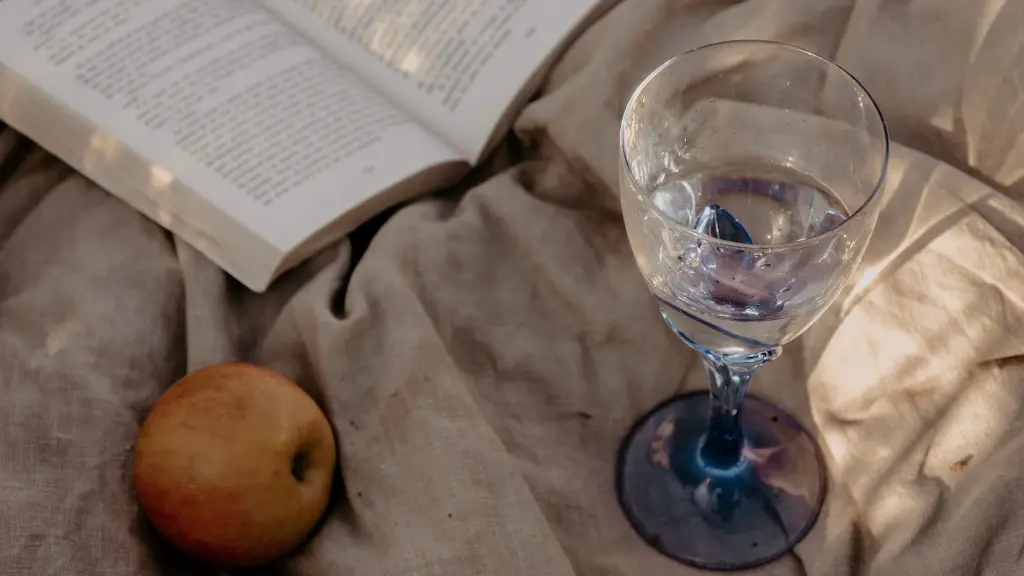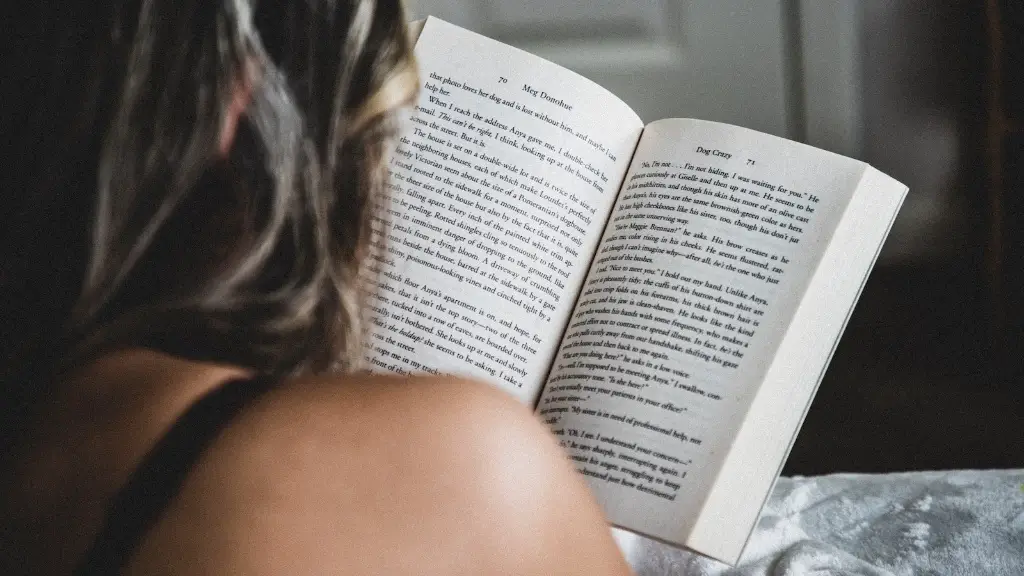What is Harlem Renaissance Poetry
The Harlem Renaissance was an important African-American creative movement, primarily based in New York City, that flourished between World War I and World War II. During the first two decades of the twentieth century, several African-American writers, poets, and novelists came into the public light and increased the public’s awareness of the Black culture. Their writings and works focused on the lived experiences of African-Americans and explored subjects of race, identity, and culture.
Harlem Renaissance Poetry is a type of poetry that was written during the African-American cultural movement known as the Harlem Renaissance in the early 20th century. It covers a broad range of topics, themes, and styles, and it is rooted in the African-American experience. It touches on issues such as racism, poverty, and colonialism, as well as celebrating aspects of African-American culture such as love, family, and community.
The Harlem Renaissance was an important period of expression and exploration in African-American culture. It is often referred to as a “renaissance” because of the creative and literary energy that was expressed during the period. Poets like Langston Hughes, Countee Cullen, Claude McKay, and Gwendolyn Bennett embraced a new and modern voice in literature that celebrated African-American culture, identity and experiences.
Harlem Renaissance Poetry is characterized by its simplicity and directness of language, its focus on everyday life experiences, and its celebration of African-American culture. Its style is often described as spiritual and mystic, and many of the poems explore the intersection of the spiritual with the physical world. Poems often explore faith, love, politics, and race relations.
Many African-American poets who participated in the Harlem Renaissance viewed poetry as an important part of their mission to uplift the consciousness of their people. Through their works, they hoped to inspire pride, self-determination, and creativity in their communities. Their poetry was an expression of their life stories as African-Americans and their struggles of living as a minority during a racially divided era.
Harlem Renaissance Poetry had a profound influence on the American literary canon, inspiring authors and poets of all backgrounds to embrace diverse voices, vernacular languages, and forms. The movement also helped to expand the possibilities of use of language and to challenge the conventions of American literature.
Influence on Society
The influence of Harlem Renaissance Poetry is evident in many aspects of modern-day American culture. Harlem Renaissance poets such as Langston Hughes and Gwendolyn Bennett popularized a style of poetry that was resonant with African-American experiences and everyday life. This popularization of the Black experience has become commonplace in literature, film, television, and other forms of media.
The Harlem Renaissance also influenced popular music, with many musicians drawing inspiration from the poets of the period. Musicians like Billie Holiday, Duke Ellington, Bessie Smith, and Ethel Waters adapted the ideas of the Renaissance poets into their music. Historical figures such as Marcus Garvey, W.E.B. Du Bois, and Zora Neale Hurston also drew inspiration from the Harlem Renaissance and its poets’ work.
The influence of Harlem Renaissance Poetry can also be seen in contemporary American poetry. Many contemporary Black poets are directly influenced by the works of the Harlem Renaissance Poets. Writers such as Maya Angelou, Amiri Baraka, and Terrance Hayes have utilized themes, language, and structures of the Harlem Renaissance poets in their works. The Harlem Renaissance is also seen in spoken word and slam poetry, which often draws from the same traditions of self-expression, rhythmic storytelling, and liberation used by the Renaissance poets.
Analysis & Interpretation
Harlem Renaissance Poetry is often seen as the source of strength, pride, essence and the future of African-American culture. This form of poetry was revolutionary and profound during its time and has had an enduring legacy. It has been cited as an integral source of inspiration for contemporary Black poets, popular musicians, and African-American activists. Poetry of the Harlem Renaissance continues to serve as a source of inspiration and hope in the African-American community.
The poetry of the movement often explored themes of identity, cultural pride, and the African-American experience. Poets in the movement used vivid imagery and language to portray a deep sense of the Black experience, articulating ideas of resistance, love, struggle, and joy that touched the daily lives of African-Americans. This form of poetry was essential in creating a unified and empowered Black community, and in providing a space for African-Americans to express their stories.
The Harlem Renaissance was a significant period for African-American literature and culture, and its poets have continued to inspire authors and artists for generations. The movement encouraged African-Americans to express their unique voice and experience and has had an influential role in African-American literature and culture, both during and after the Harlem Renaissance.
Form & Structure
The form and structure of Harlem Renaissance poetry is largely defined by the use of everyday language, vernacular dialects, and images from and references to Black life. This poetic form is often characterized by a use of vivid imagery and strong metaphors, as well as unique and inventive literary techniques. The poetry of the Harlem Renaissance often featured free verse, or verse free of strict rhyme and meter, and the poets widely used figurative language and metaphor to convey powerful images and emotions. Common poetic forms and styles associated with the Harlem Renaissance include syncopation, slang, and slang terms. Additionally, Harlem Renaissance poetry often featured themes and figures from African-American folklore and mythology.
Though the form and structure of Harlem Renaissance poetry is often seen as a distinct style, its influences can be found in the works of a wide range of poets after the movement. This form of poetry continued to evolve and is still seen in present-day poetry from writers from different cultural and racial backgrounds. The use of vernacular and everyday language in poetry is seen in today’s poetry, highlighting the influence of the Harlem Renaissance on contemporary poetry.
Legacy
The legacy of Harlem Renaissance Poetry is seen in literature, music, and culture today. It is a form of poetry that has had a profound influence on American literary and political discourse. Its poets and authors continue to inspire writers of all backgrounds, while its themes of identity, cultural pride, and resistance remain relevant in many aspects of American life. The poets of the Harlem Renaissance opened up new possibilities by pushing the boundaries of language and culture and inspiring future generations of poets.
Harlem Renaissance Poetry is an important part of the African-American literary canon and has had a distinct impact on the culture and forms of American literature. Its poets embraced the beauty and joy of their culture, communicated their political and social frustrations, and embraced their African-American identity. Harlem Renaissance Poetry continues to be a powerful example of self-expression, creativity, and pride in the African-American experience.
Relation to Other Styles
Harlem Renaissance Poetry is closely related to other styles of poetry. It is often compared to jazz poetry, due to the improvisation and rhythmic elements of both forms. Many poets of the Harlem Renaissance worked in a variety of forms and styles, including blues and blues spirituals, which often featured lyrical and rhythmic elements inspired by jazz. The close relation between Harlem Renaissance poetry and jazz also extended to music and art, as both poets and musicians embraced the energy and freedom found in jazz. Additionally, the influence of popular culture can be seen in the poetry of the movement, and many poets sought inspiration in popular music and culture.
Harlem Renaissance Poetry is closely related to other literary movements such as the Modernist Movement and the New Negro Movement. It has also been associated with the civil rights movement, which was greatly influenced by the works of the movement’s poets and authors. The writings of the Harlem Renaissance poets and authors inspired and continues to serve as an important source of inspiration for contemporary writers.




